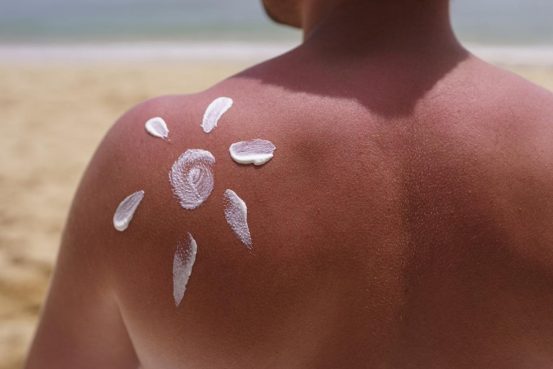
As consumers end up being increasingly smart concerning skincare, the argument in between chemical and physical sun blocks remains to be a hot topic. While both offer essential defense against the sun's dangerous ultraviolet (UV) rays, physical sun blocks are frequently lauded for their mild yet reliable solution, making them a recommended choice for those with sensitive or reactive skin. The trick to their success depends on their active ingredients, which produce a physical obstacle on the skin to shut out UV radiation. This write-up will certainly look into the globe of physical sun blocks, concentrating on their vital ingredients: zinc oxide and titanium dioxide.
Unlike their chemical counterparts, which absorb UV radiation and convert it into heat, physical sun blocks function by sitting on top of the skin to form a guard that disperses and spreads both UVA and UVB rays. This system is why they are usually described as "sunscreens." The key benefit of this technique is its instant efficiency upon application and the lower possibility of triggering skin inflammation, as the components are not taken in into the skin.
The most celebrated ingredient in the physical sun block family members is Zinc Oxide. This giant mineral is unique in its capability to offer broad-spectrum security, indicating it successfully safeguards the skin versus the complete spectrum of UVA and UVB rays. UVA rays are accountable for premature aging, including creases and fine lines, while UVB rays are the primary cause of sunburn. By supplying detailed security against both, zinc oxide plays a critical function in stopping sun damages and decreasing the risk of skin cancer cells.
Moreover, zinc oxide is renowned for its calming homes. It has been made use of for centuries to treat small skin inflammations, rashes, and burns, a testimony to its gentle nature. This makes sun blocks formulated with zinc oxide an ideal option for individuals with delicate skin, acne-prone skin, or conditions like rosacea and dermatitis. Its non-comedogenic residential or commercial properties additionally indicate it is much less likely to obstruct pores, a typical problem for those with oily or combination skin.
The various other key player in the physical sun block category is Titanium Dioxide. This normally occurring mineral is one more excellent component for creating a physical barrier versus UV rays. It is very effective at mirroring and scattering UVB radiation, supplying durable protection against sunburn. While it supplies excellent protection throughout the UVB range, it is typically taken into consideration less efficient versus long-wave UVA rays compared to zinc oxide.
Therefore, titanium dioxide is usually used combined with zinc oxide in sunscreen formulas. This mix develops a synergistic impact, improving the total broad-spectrum protection of the product. By leveraging the staminas of both ingredients, formulators can produce a sun block that provides detailed and trusted defense against the sun's harmful rays. Like zinc oxide, titanium dioxide is additionally mild on the skin and is an ideal option for those with sensitive or easily irritated skin.
In recent times, advancements in formulation technology have dealt with one of the preliminary disadvantages of physical sun blocks: physical sunscreen ingredients the thick, white cast they would commonly leave on the skin. Modern solutions currently utilize pulverized or nano-sized bits of zinc oxide and titanium dioxide, which enables a much more cosmetically sophisticated application without jeopardizing their protective abilities. This implies you can delight in the gentle, effective protection of a physical sun block without the telltale white deposit.
To conclude, physical sunscreens provide a dependable and gentle way to shield your skin from the sunlight. Their celebrity components, zinc oxide and titanium dioxide, work in harmony to develop a physical guard that deflects hazardous UVA and UVB rays. With their outstanding safety account and viability for all skin types, especially delicate skin, physical sun blocks are a powerful force in the fight versus sunlight damage. The following time you are Search the sunscreen aisle, consider the effective, protective, and skin-loving benefits of a physical solution.